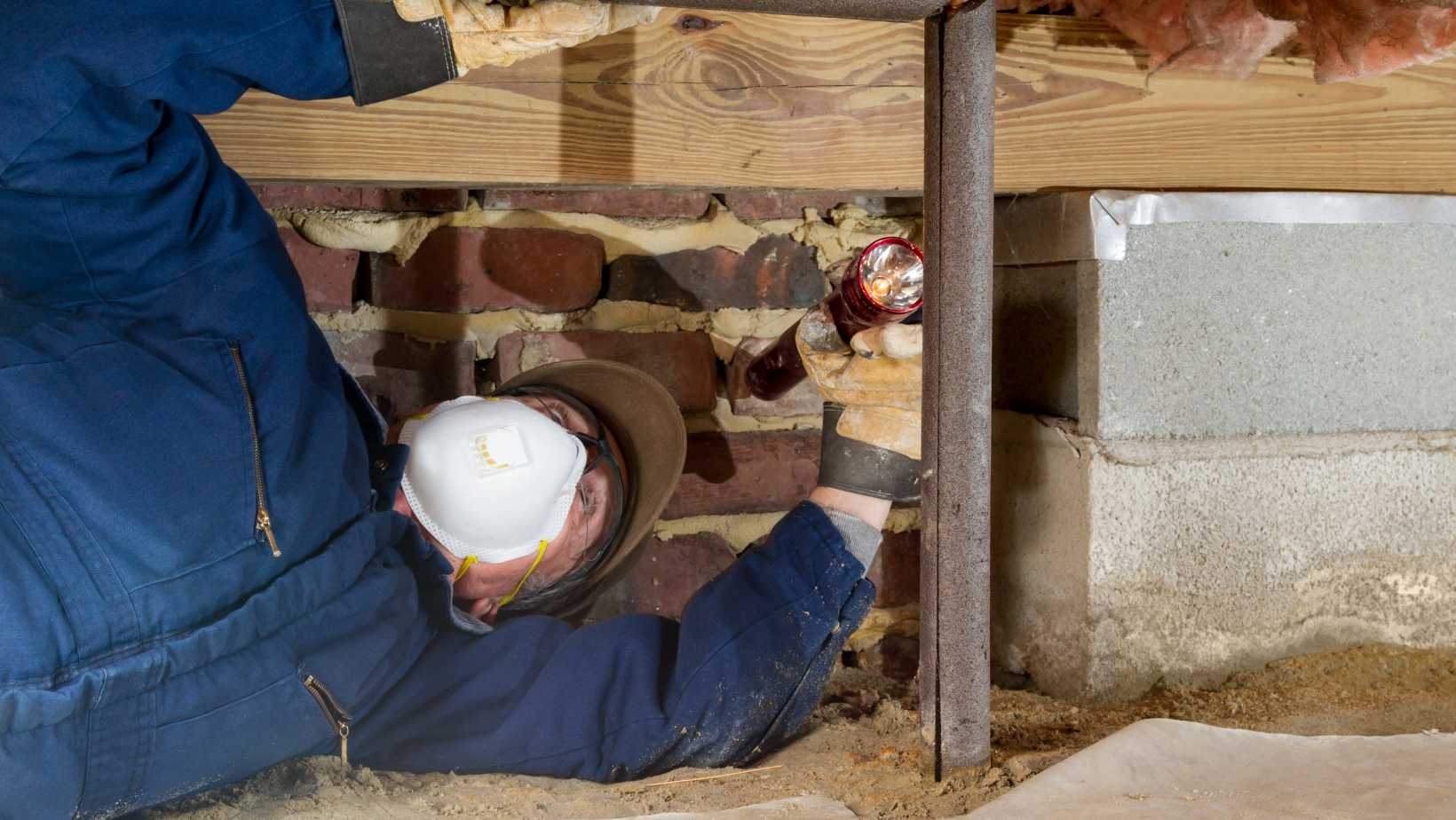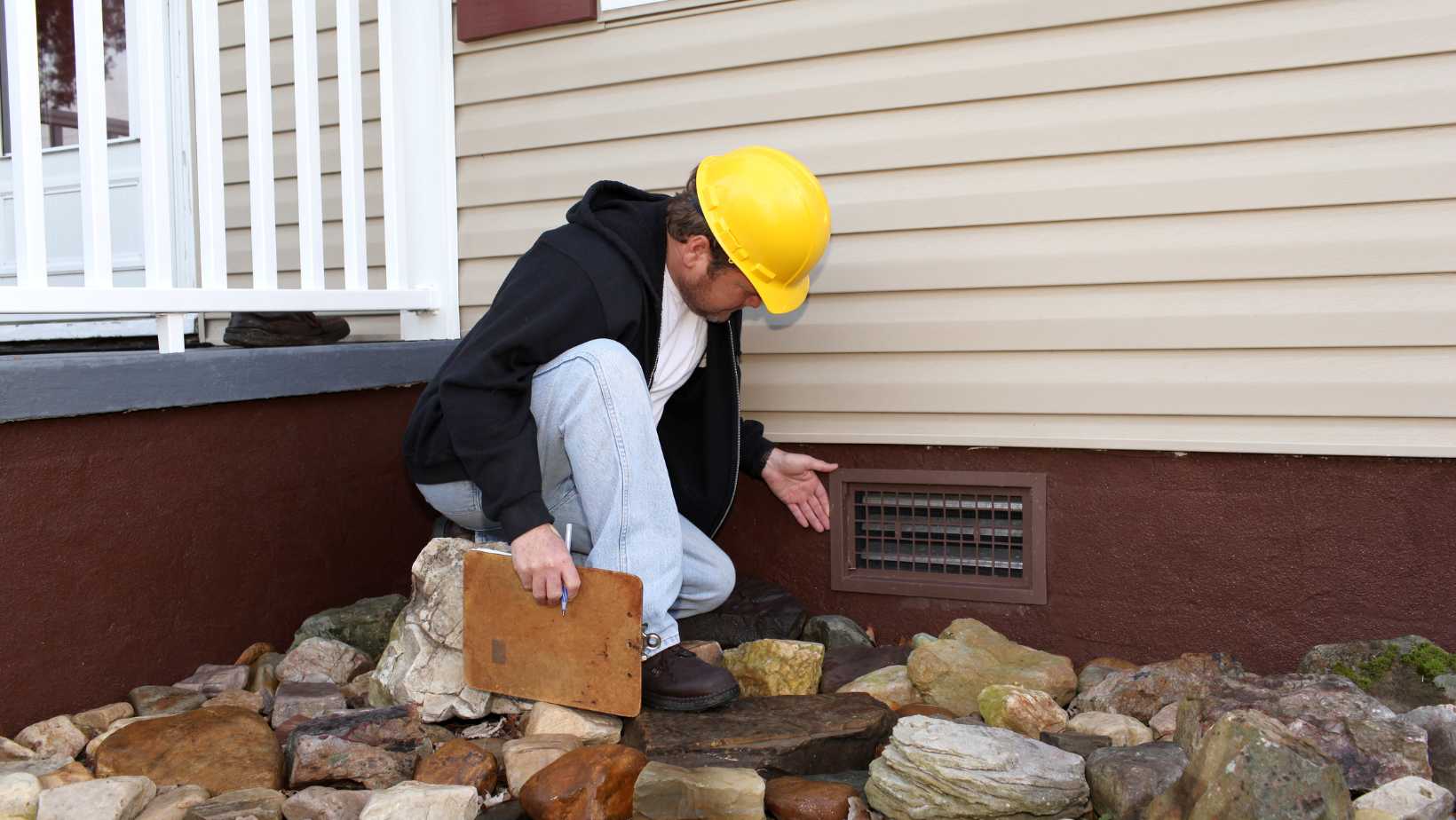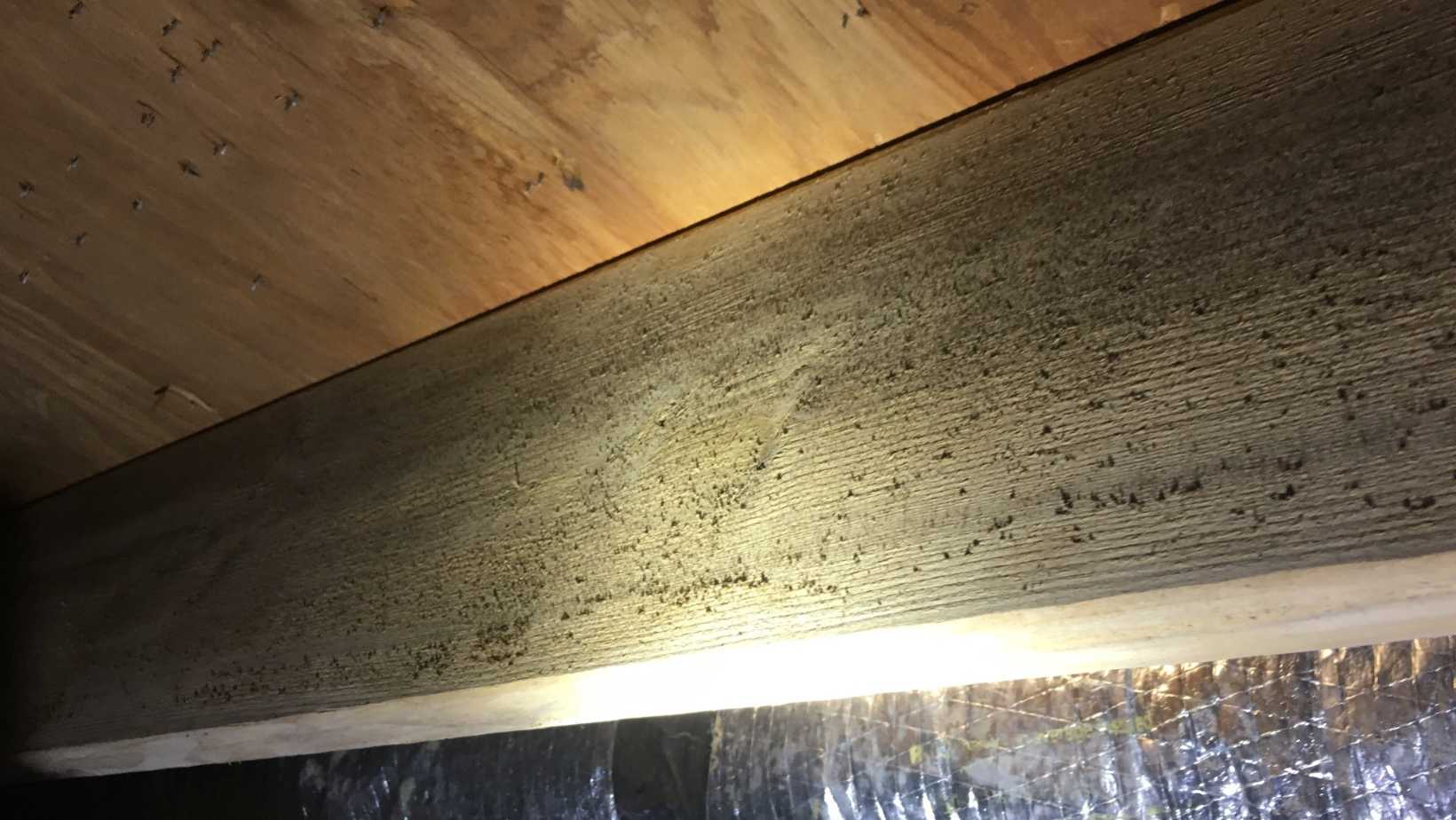Introduction to Crawl Space Mold Prevention
Mold growth in crawl spaces can have serious consequences, leading to structural damage and health risks for occupants. For example, if left unchecked, mold in crawl spaces can compromise the integrity of the property's foundation and pose respiratory health hazards to those living in the home. Implementing effective prevention strategies is crucial for homeowners to maintain a healthy indoor environment and protect their investment. By taking proactive steps to prevent mold growth, homeowners can avoid costly repairs and ensure the safety and well-being of their families.
Preventing mold in crawl spaces goes beyond just cleaning visible mold; it involves understanding the root causes and implementing long-term solutions to mitigate the risks effectively. Homeowners can benefit from professional services that offer mold inspection, testing, and remediation to address mold issues comprehensively and prevent recurrence. By partnering with experienced professionals, homeowners can gain insights into the specific conditions in their crawl spaces that contribute to mold growth and receive tailored recommendations for effective prevention strategies.
Importance of Preventing Mold in Crawl Spaces
Mold exposure in indoor environments can trigger allergies, respiratory issues, and other health problems, underscoring the critical importance of preventing mold in crawl spaces. In addition to health concerns, mold growth can also lead to unpleasant odors, property damage, and decreased indoor air quality. By prioritizing mold prevention, homeowners can create a safer and more comfortable living environment for themselves and their families.
Addressing mold issues promptly is essential to prevent costly repairs and mitigate potential health risks associated with mold exposure. For instance, a homeowner who notices signs of mold growth in their crawl space, such as musty odors or visible mold, should take immediate action to identify and address the underlying causes. Proactive mold prevention measures, such as regular inspections and maintenance, can help homeowners stay ahead of potential mold problems and safeguard their property and well-being.

Common Causes of Mold Growth in Crawl Spaces
Inadequate ventilation is a common cause of mold growth in crawl spaces, as it can trap moisture and create a conducive environment for mold to thrive. For example, a crawl space with poor ventilation may experience high humidity levels, leading to moisture accumulation and mold growth on surfaces. Additionally, leaks in plumbing or foundation walls can introduce water into the crawl space, further promoting mold proliferation.
Poorly insulated crawl spaces are also more prone to mold growth due to temperature fluctuations and increased moisture retention. In regions with varying climatic conditions, inadequate insulation can lead to condensation buildup and create ideal conditions for mold to develop. By addressing insulation deficiencies and ensuring proper ventilation, homeowners can significantly reduce the risk of mold growth in their crawl spaces.
Proper ventilation is essential for maintaining a healthy crawl space environment and preventing mold growth. By promoting air circulation through vents or fans, homeowners can reduce humidity levels and minimize the risk of mold proliferation. Ventilation also helps prevent stagnant air pockets where mold is likely to thrive, contributing to a healthier and more mold-resistant crawl space.
Moisture Control Methods for Mold Prevention
Installing a vapor barrier in the crawl space can effectively prevent moisture infiltration from the ground and mitigate the risk of mold growth. For example, a high-quality vapor barrier acts as a protective layer, preventing moisture from seeping into the crawl space and creating a damp environment conducive to mold. Regularly checking for and repairing leaks in plumbing or HVAC systems is another crucial moisture control method that can help homeowners address potential sources of water intrusion and prevent mold issues.
Maintaining relative humidity below 60% is a key factor in mold prevention, as high humidity levels can create an ideal environment for mold growth. By using dehumidifiers or implementing moisture control measures, homeowners can effectively manage humidity levels in the crawl space and reduce the risk of mold proliferation. Additionally, ensuring proper ventilation and adequate insulation can further contribute to moisture control and mold prevention in crawl spaces.
Insulation Techniques for Mold Prevention
Adequate insulation in crawl spaces plays a significant role in regulating temperature, reducing condensation, and minimizing the risk of mold growth. For instance, properly installed insulation materials like foam board or fiberglass can create a thermal barrier, preventing moisture intrusion and maintaining a consistent temperature in the crawl space. By investing in quality insulation and ensuring proper installation, homeowners can enhance energy efficiency, improve indoor comfort, and create a more mold-resistant environment in their crawl spaces.
Improperly insulated crawl spaces are more susceptible to temperature fluctuations, which can lead to condensation and increased moisture levels, creating favorable conditions for mold growth. By addressing insulation deficiencies and ensuring proper ventilation, homeowners can create a more stable environment in their crawl spaces, reducing the risk of mold proliferation. Proper insulation techniques not only contribute to mold prevention but also help improve energy efficiency and create a more comfortable living space.

Signs of Mold Presence in Crawl Spaces
Recognizing the signs of mold presence in crawl spaces is essential for early detection and intervention to prevent mold from spreading. Visible mold growth on surfaces like wood beams, insulation, or ductwork is a clear indicator of mold contamination and should prompt homeowners to take immediate action. Musty odors and dampness in the crawl space are also warning signs of underlying mold issues that require investigation and remediation.
In addition to visible signs of mold, physical symptoms like coughing, sneezing, or skin irritation may indicate mold exposure in the home. These health effects can be particularly concerning for individuals with respiratory conditions or allergies, emphasizing the importance of addressing mold issues promptly. By being vigilant for signs of mold presence and taking proactive measures to prevent mold growth, homeowners can protect their health and well-being.
![]() Benefits of Crawl Space Encapsulation
Benefits of Crawl Space Encapsulation
Crawl space encapsulation offers multiple benefits for mold prevention and overall indoor air quality. By sealing the crawl space with a vapor barrier, encapsulation helps prevent moisture intrusion and create a barrier against mold growth. For example, a properly encapsulated crawl space can significantly reduce the risk of mold contamination and improve the overall air quality in the home by minimizing the circulation of mold spores.
In addition to mold prevention, crawl space encapsulation can also contribute to the long-term structural integrity of the property. By controlling moisture levels and preventing water intrusion, encapsulation helps protect the foundation and structural components of the home from damage. Improved moisture control through encapsulation can extend the lifespan of the property and reduce the risk of costly repairs associated with mold-related issues.
![]() Role of Dehumidifiers in Mold Prevention
Role of Dehumidifiers in Mold Prevention
Dehumidifiers play a crucial role in mold prevention by extracting excess moisture from the air in crawl spaces and inhibiting mold growth. Maintaining optimal humidity levels between 30-50% with a dehumidifier can effectively deter mold proliferation and create an environment that is hostile to mold spores. For instance, energy-efficient dehumidifiers equipped with features like automatic humidity control and drainage systems offer homeowners a convenient and proactive solution for managing moisture levels and preventing mold growth in crawl spaces.
Excess moisture in crawl spaces can create an ideal environment for mold growth, making dehumidifiers an essential tool for mold prevention. By removing moisture from the air, dehumidifiers help reduce the risk of mold contamination and create a healthier indoor environment. Homeowners can benefit from using dehumidifiers in conjunction with other moisture control methods to effectively manage humidity levels and prevent mold growth in their crawl spaces.

Effective Tips for Homeowners to Prevent Crawl Space Mold
Homeowners can take proactive steps to prevent mold growth in their crawl spaces by implementing a combination of preventive measures and maintenance practices. Regularly inspecting crawl spaces for signs of moisture, leaks, or mold growth is essential for early detection and intervention. For example, a homeowner who notices dampness or musty odors in their crawl space should investigate the source of the issue and take corrective action promptly.
Controlling humidity levels through ventilation, dehumidification, and insulation is key to preventing mold growth in crawl spaces. By maintaining relative humidity below 60% and ensuring proper air circulation, homeowners can create an environment that is inhospitable to mold spores. Seeking professional mold testing and remediation services can further enhance mold prevention efforts and ensure that comprehensive measures are in place to protect the crawl space and the home from mold contamination.
Conclusion on Crawl Space Mold Prevention
In conclusion, preventing mold in crawl spaces is essential for maintaining a healthy indoor environment and protecting the structural integrity of a home. By understanding the common causes of mold growth, implementing proper ventilation, moisture control, and insulation techniques, homeowners can effectively mitigate the risks associated with mold contamination. Taking proactive steps, such as regular inspections, encapsulation, and dehumidification, can help homeowners prevent mold growth and create a safer, healthier living environment for themselves and their families. By investing in mold prevention strategies and seeking professional assistance when needed, homeowners can safeguard their property and well-being from the detrimental effects of mold.